Change in Terms and Conditions of Employment Letter Template
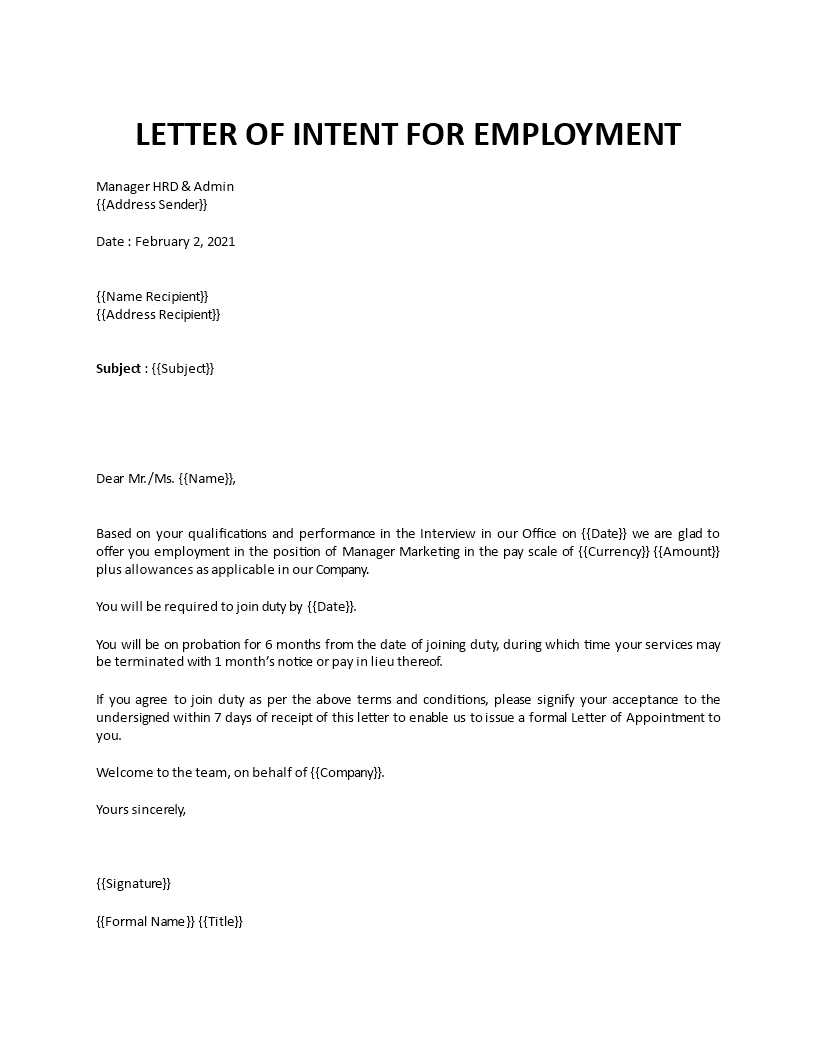
When it comes to adjusting the foundational guidelines of a professional relationship, clear communication is crucial. Such updates require a well-structured approach to ensure both clarity and legal compliance. Employers often need to adapt specific elements of their workforce arrangements, whether due to shifts in company policy, legal requirements, or operational adjustments.
To make sure the revisions are both understandable and accepted, it’s essential to deliver these modifications in a professional manner. The proper format for delivering these changes plays a significant role in maintaining transparency and trust. By using the right format, both parties can ensure mutual understanding, fostering a positive work environment moving forward.
Creating an official document that outlines the revised agreements is key. This serves not only as a record but also as a formal confirmation that both sides are aligned with the new expectations. A precise, well-crafted document helps avoid misunderstandings and minimizes the potential for future disputes.
Modifying the foundational agreement between an organization and its staff members is an important aspect of maintaining an adaptable workplace. These revisions are often necessary when there are adjustments to the way business is conducted, whether due to new regulations, company growth, or shifts in internal policies. A well-crafted update ensures both parties remain aligned with the evolving expectations.
When it comes to altering professional agreements, there are several key points to keep in mind:
- Clear communication: Ensuring the message is straightforward prevents confusion and strengthens the working relationship.
- Legal compliance: Modifications should always be in line with current labor laws and industry standards.
- Documentation: Properly recorded adjustments provide a reference point and protect both sides from misunderstandings.
It’s important to recognize that modifying a contract is not merely about making changes but about ensuring mutual understanding and fairness. This process requires both parties to acknowledge the new provisions and accept their roles under the revised agreement. Typically, such revisions might address changes in duties, work hours, compensation structures, or other professional expectations.
In order to make these modifications clear, organizations use formal documents that outline the specifics. This document should be clear, concise, and highlight what has been adjusted, why the change is being made, and how it affects both sides. Establishing these modifications in writing is key to ensuring that everyone involved is on the same page.
Reasons to Update Employment Terms
There are several reasons why an organization may need to revise the agreements it holds with its staff. These updates can be driven by internal factors, external regulations, or shifts in the broader market. In any case, ensuring that the document accurately reflects current practices and legal requirements is essential for both the company and its employees.
One common reason for these adjustments is changes in labor laws. New legislation may require employers to modify their previous agreements to stay compliant with the updated legal framework. This could include adjustments to salary structures, work hours, or benefits, among other aspects.
Another key factor could be internal company growth. As businesses expand, their needs evolve, and so should the relationships with their workforce. New roles, additional responsibilities, or changes in job descriptions may necessitate revisions to the original understanding between the two parties.
Economic shifts can also prompt such revisions. Fluctuations in the market, changes in industry standards, or business restructuring can lead to necessary updates. Adapting to new market realities helps ensure that the relationship remains fair and balanced.
Essential Components of a Change Letter
When adjusting the framework of a professional arrangement, it is crucial to present the revised understanding in a clear, structured document. This official communication should include several key elements to ensure both parties fully understand the modifications being made and how they will be implemented.
Clear Identification of Changes
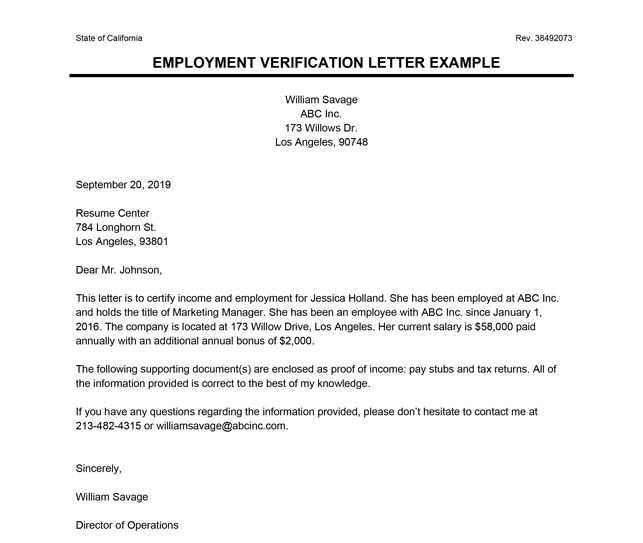
Start by clearly outlining the aspects of the agreement that have been altered. Specify what is different from the original understanding and explain the reason behind these adjustments. This clarity prevents misunderstandings and ensures transparency throughout the process.
Effective Communication of New Expectations
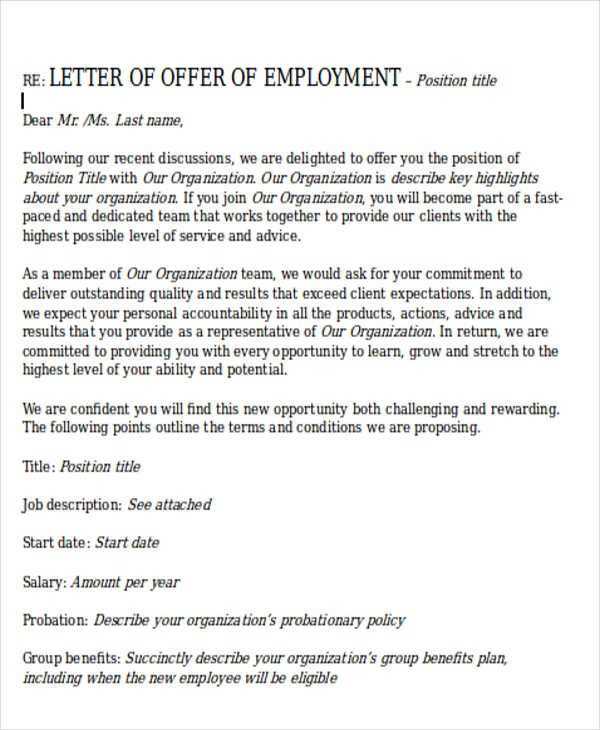
After identifying the adjustments, it’s important to detail the new expectations or responsibilities. This section should outline what the individual can expect moving forward and what is expected of them in the new arrangement. This helps both parties align their objectives and avoid confusion as they move forward under the updated agreement.
Important Information to Include:
- A clear explanation of what has been modified and why.
- The date the changes will take effect.
- Any necessary actions required from the employee to acknowledge or accept the revisions.
Having these core components in place ensures that the document serves as a comprehensive, professional communication tool that both sides can refer to for clarity and accountability.
Effective Communication of Modifications
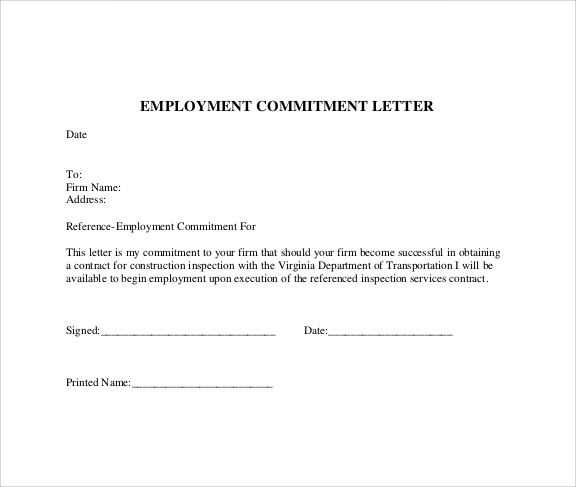
Successfully conveying updates to a professional agreement requires more than just notifying the individual of the revisions. The process should be approached with clarity, precision, and respect to ensure that both parties are fully aware of the new expectations and their respective roles moving forward.
One of the most important aspects of clear communication is being transparent about why the adjustments are necessary. This helps employees understand the reasoning behind the changes, which fosters trust and acceptance. It’s crucial to present the information in a way that is easily understood, avoiding legal jargon or overly complex language.
Key Considerations for Effective Communication:
- Deliver the message in a timely manner to allow the recipient to process and respond to the update.
- Ensure that the language used is clear, concise, and free of ambiguity.
- Allow space for questions and feedback, offering further clarification if needed.
By prioritizing transparency and clarity in communication, both parties can move forward with a clear understanding of their revised roles, preventing any confusion or potential conflicts down the line.
Legal Factors in Employment Changes
When modifying the framework of a professional relationship, understanding the legal implications is essential. Ensuring that any revisions comply with relevant laws helps protect both the organization and its workforce. Legal requirements often dictate how changes should be communicated, implemented, and documented to avoid potential disputes or violations.
Compliance with Labor Laws
It is crucial to ensure that all adjustments adhere to local labor laws. This includes respecting employee rights, such as compensation, benefits, or work hours. Violating legal standards can result in legal action or penalties, making compliance a top priority for both employers and employees.
Contractual Obligations and Employee Rights
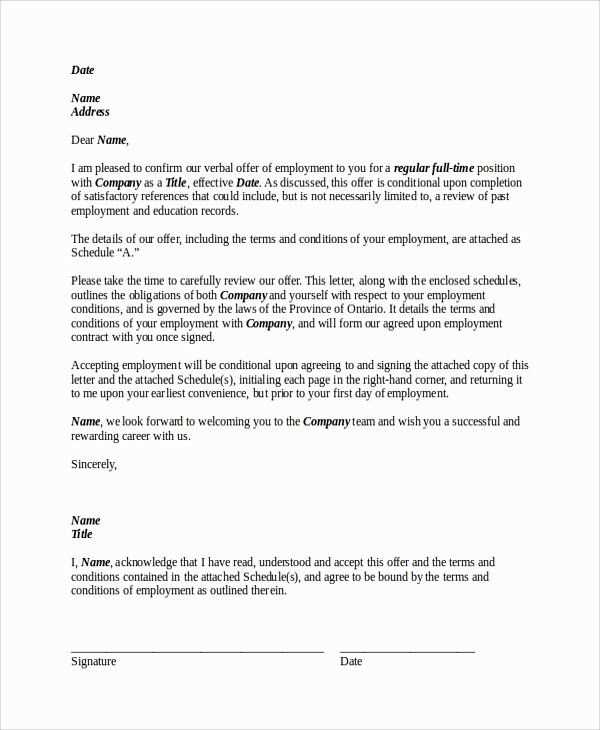
Employers must also consider the terms of any existing agreements before making alterations. Some contracts may contain clauses that restrict certain modifications or require mutual consent for specific changes. Understanding these obligations helps ensure that both parties are fully aware of their rights and responsibilities.
Adhering to legal standards not only ensures compliance but also promotes a fair and transparent process, fostering a positive work environment and reducing the risk of misunderstandings or litigation.
Steps to Implement Updated Terms
Once revisions to a professional agreement are finalized, it is important to ensure their smooth implementation. This involves a series of steps to communicate the modifications effectively, confirm mutual understanding, and put the new framework into practice. By following a structured process, both the organization and the employee can adjust seamlessly to the revised expectations.
| Step | Action | Details |
|---|---|---|
| 1 | Review the Modifications | Ensure that all changes are clearly defined and aligned with the organization’s goals. |
| 2 | Notify the Employee | Communicate the updates in writing, explaining the reasons and benefits behind the changes. |
| 3 | Obtain Acknowledgment | Request confirmation from the employee that they understand and agree to the revisions. |
| 4 | Document the Revisions | Ensure that all updates are officially recorded for future reference and legal protection. |
| 5 | Implement the Modifications | Put the revised expectations into action, ensuring both parties follow the new guidelines. |
By following these steps, the organization ensures a clear transition to the revised agreement while maintaining transparency and alignment with legal and professional standards.
Avoiding Common Mistakes in Employment Letters
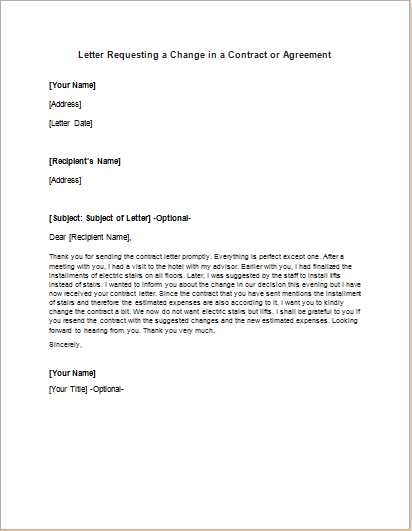
When communicating revisions to a professional agreement, it is crucial to avoid common mistakes that could lead to confusion, misunderstandings, or legal complications. A well-drafted communication ensures clarity, mutual understanding, and a smooth transition to the revised framework. Here are several pitfalls to watch out for:
- Lack of Clarity: Failing to clearly explain the nature of the updates can result in confusion. Be specific about what has been adjusted and why.
- Ambiguous Language: Avoid using vague or technical terms that might confuse the recipient. Stick to simple, straightforward language.
- Failure to Acknowledge Legal Requirements: Ensure all changes comply with current laws. Ignoring legal considerations can lead to disputes or regulatory issues.
- Inadequate Documentation: Make sure all adjustments are properly recorded. Verbal agreements or informal communications may not hold up in the future.
- Not Allowing Time for Review: Providing the recipient with sufficient time to review the revisions and ask questions is critical for effective communication.
By avoiding these mistakes, you ensure that the communication process remains professional, transparent, and legally sound, fostering a positive and respectful working relationship.